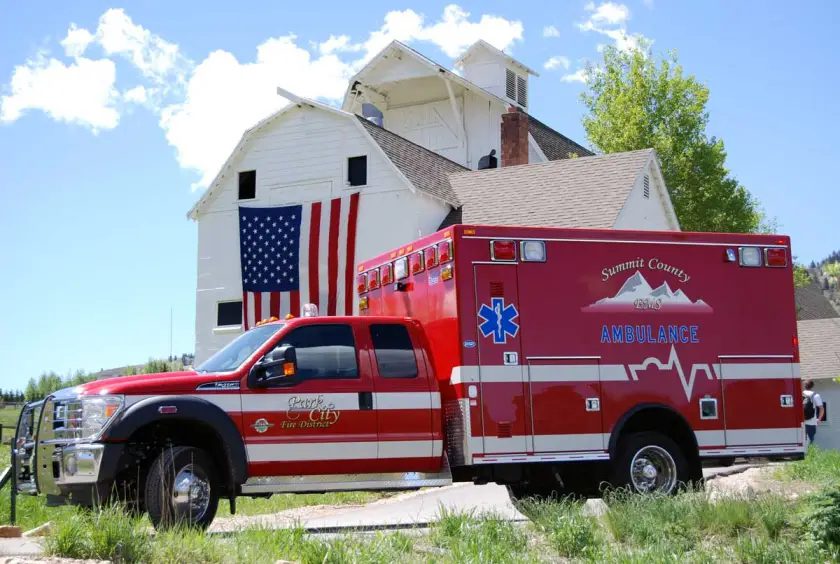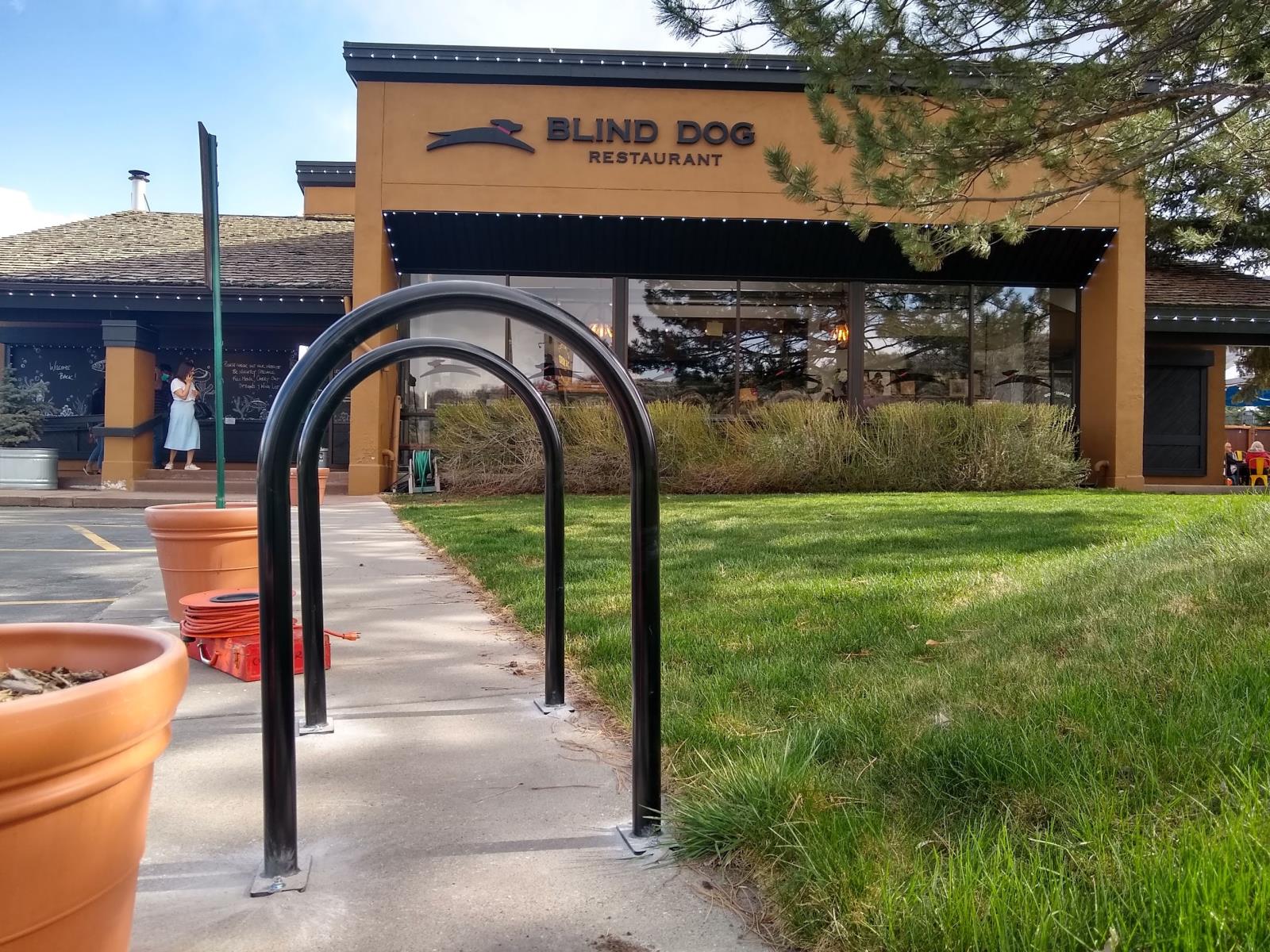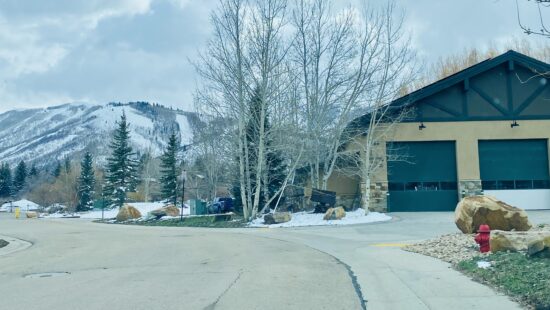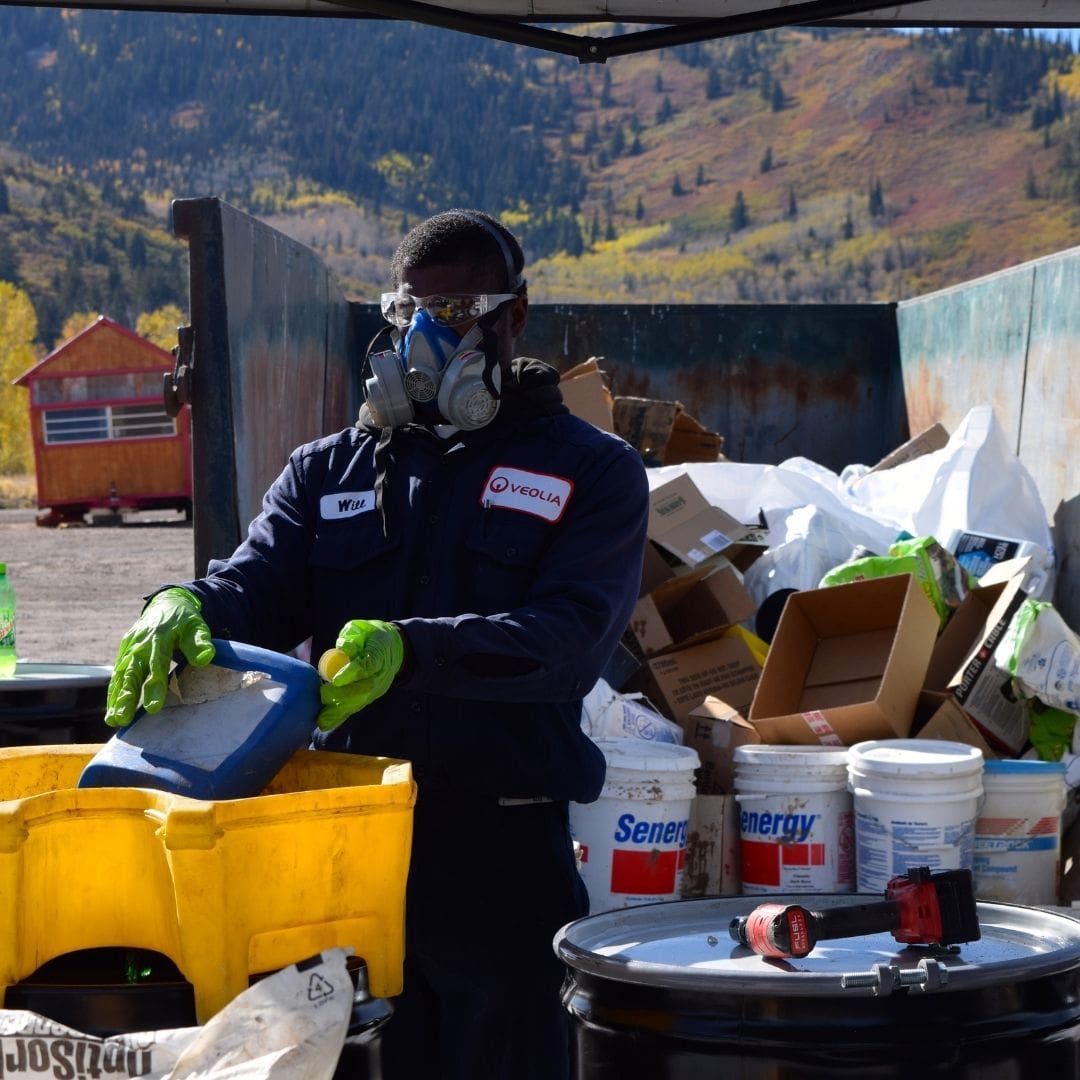Community
Final town hall on the future of EMS in Summit County tonight, local input needed

Park City Fire District ambulance. Photo: Courtesy of Park City Fire District
SUMMIT COUNTY, Utah — The master planning process to determine the future of Emergency Medical Services (EMS) across Summit County continues with its final town hall meeting Friday, October 28, at Summit County Health Department Downstairs Conference room located at Quinn’s Junction and Round Valley at 6 p.m.
The town halls are facilitated by SafeTech Solutions, LLP, an independent national EMS consulting firm. Much of the conversation centered on what the public wants the future of EMS in the county to look like, as this could be a county-run program, largely run by Park City Fire District or some other type of organization. Ultimately, it’s about where residents’ tax dollars will be best utilized while providing reliable care in an emergency.
The plan for EMS aims to find ways to ensure reliable, efficient, and high-quality emergency medical services across the county with an eye toward the future. This has been an ongoing issue since 2019, when several mayors from the eastern part of the county raised the issue of ambulance response times and the equality of EMS provisions in their areas.
Summit County Council created a subcommittee to eventually build a master plan for the future of EMS in the county. Over time, it was clear that an external voice was needed to provide impartial and knowledgeable recommendations for needs and requirements to have effective EMS. After talking with counterparts in other counties, SafeTech Solutions was determined to perform an assessment.
“We put a very strong emphasis in our request for proposals that there was some community outreach component because we haven’t actually ever gone to the community to understand what level of service they expect for EMS and what they’re willing to pay for,” said Janna Young, Summit County Interim Manager.
“[SafeTech] is doing an extensive financial analysis. They’re asking the questions of what the status is today, where’s the community going in the future, and how this system can be viable, reliable, and sustainable. They’re looking at our geography, our demographics, our growth projections. They have firefighter backgrounds. They’ve done this all over the country. They’re familiar with best practices and things that work really well, and they can bring this sort of neutral perspective.”
The subcommittee and SafeTech have been receiving key feedback regarding the issue as well as getting to explain the current status of EMS in the county and some of the complications that it creates. Currently, Summit County holds the licensure for EMS, while Park City Fire District owns the paramedic license. Although currently functioning, this does have long-term ramifications, with finances being a key issue with changes in state legislation.
“Back in 2021, the state legislature made EMS an essential service, meaning cities and counties have to provide it themselves or have to contract it out to someone else, and so it has really raised the profile of the issue,” she said.
The changing of EMS to an essential service provides the public with the guarantee that a service will be provided, but the other half of the change is restricting where funding can come from to support it.
“The last couple of years, we have been paying for EMS from the county federal funds, which every taxpayer contributes to, but now as part of the new legislation, as it changed EMS to an essential service, it’s a municipal service, and so we have to pay for it out of our municipal services fund. Some of the feedback we got from the first town hall was this feeling of we want more of that local response, local providers, we want a little bit more local decision-making. Right now, we pay our property taxes to the county, and the county pays that money to Park City to then come and service our community. Ultimately the conveyed feeling showed they would rather see those dollars stay in the Kamas Valley,” said Young.
There are still many questions that the public can help to answer at the final town hall meeting. It’s the community expectations that will go a long way in determining which path the future EMS system will take. The key topic is tax dollars and cost, as these two factors will be chief among the variables being weighed.
“What I really want to know from the community is what are their expectations in terms of response? Depending on where you live in the county, if you need the ambulance, how long should it take to arrive? What is your expectation for response time? What are your expectations about who is managing it? Do you want the county to still be involved in the system? Do you want to have more self-control or autonomy? Or maybe it’s ingrained with the fire district in your community or has some structures that allow for local decision-making? How important is it to you that you know the EMT’s response? We just want to explore those issues with them, which I think will feed into what you are willing to pay for,” said Young.



















